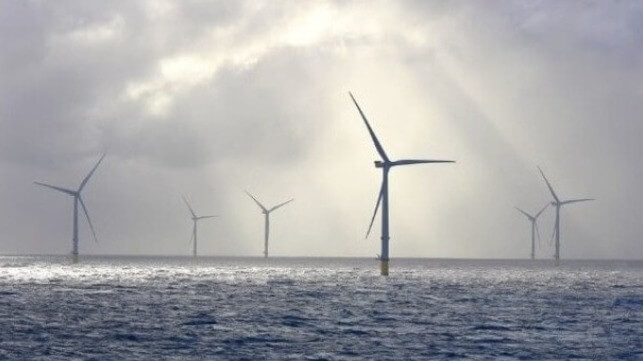US Research to Improve Aerodynamic Performance of Offshore Wind Turbines

The U.S. Department of Energy's Wind Energies Technologies Office plans to invest $5.1 million from the Bipartisan Infrastructure Law to support research and technology development to advance modeling and analysis for next-generation offshore wind turbine blades. According to the announcement, these efforts aim to facilitate the accelerated development and deployment of cost-effective offshore wind energy technology focusing on larger turbines with a capacity above 10 MW.
Wind turbine blades experience high loads when in operation, when stationary for installation or maintenance, and with the passage of extreme weather events. As wind turbines become larger, gathering data becomes challenging due to the large scale of the modern turbines.
To effectively design new offshore wind turbine blades, engineers however need to gather aerodynamic data that will help assess how a wind turbine blade responds in all weather conditions. The new project looks to help fill that gap.
They note in announcing this project that while simulation tools for large blades needed for offshore wind turbines can represent unsteady behavior when the turbine is in operation, they sometimes make inaccurate assumptions for conditions where the rotor is idling or stationary, leading to overly conservative designs or a risk of damage in certain wind conditions. Additionally, extreme weather events affect turbines in operation because the wind may come from any direction, and the loads generated on the blade and the resulting blade motion may be highly unsteady depending upon when and where the wind is blowing.
The goal of this research is to develop and validate improved modeling and simulation tools for the behavior of idling or stationary blades for large-scale wind turbines. They also look to enhance the methods for collecting and disseminating benchmark aerodynamic data to inform the design of large next-generation wind turbine airfoils and blades.
They look to provide the wind industry with accurate models to minimize the risks of developing and deploying large offshore wind turbines.
China and companies in Europe are working on these new generations of turbines which will increase the field and reduce the number of installations required for each project. Vestas Wind Systems previously announced a 15 MW turbine and China’s MingYang has demonstrated a 16 MW turbine including the longest blades yet built. Last year, the Chinese surprised the industry with an announcement that they were already working on a 22 MW turbine which they expect to complete between 2024 and 2025.
